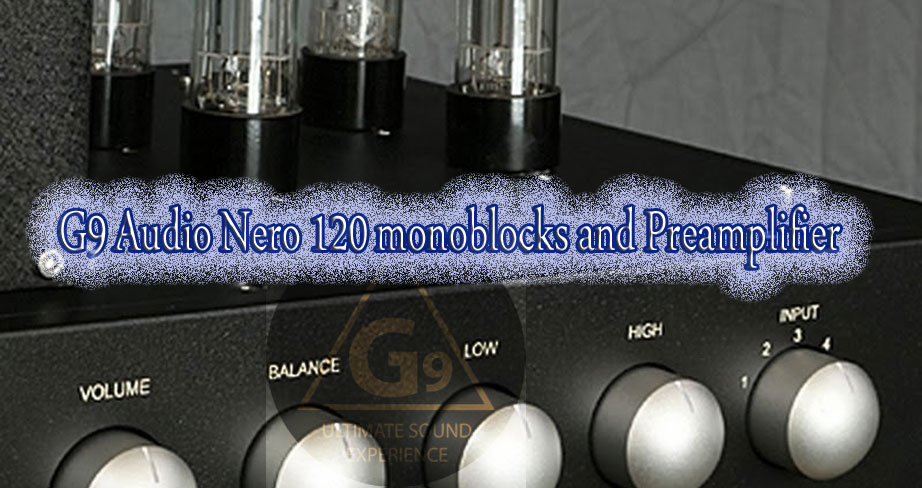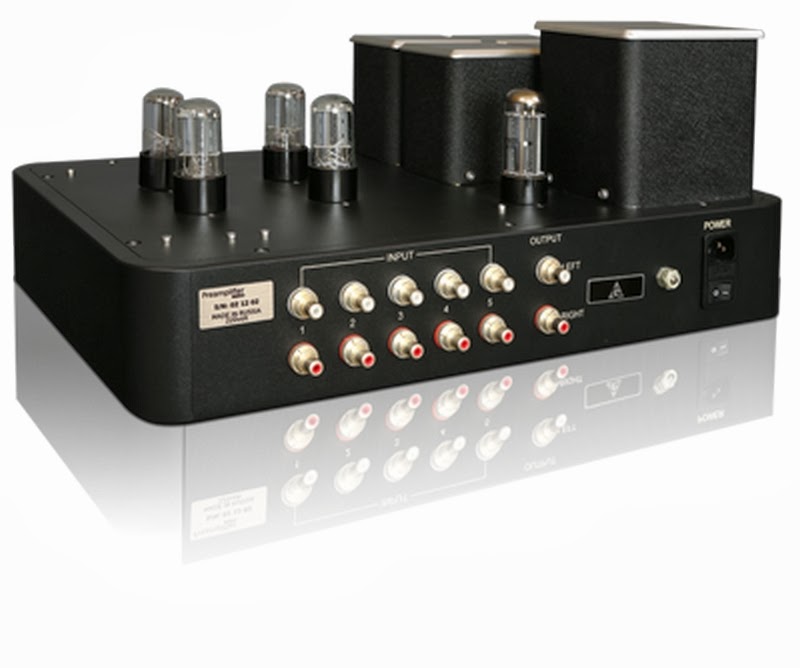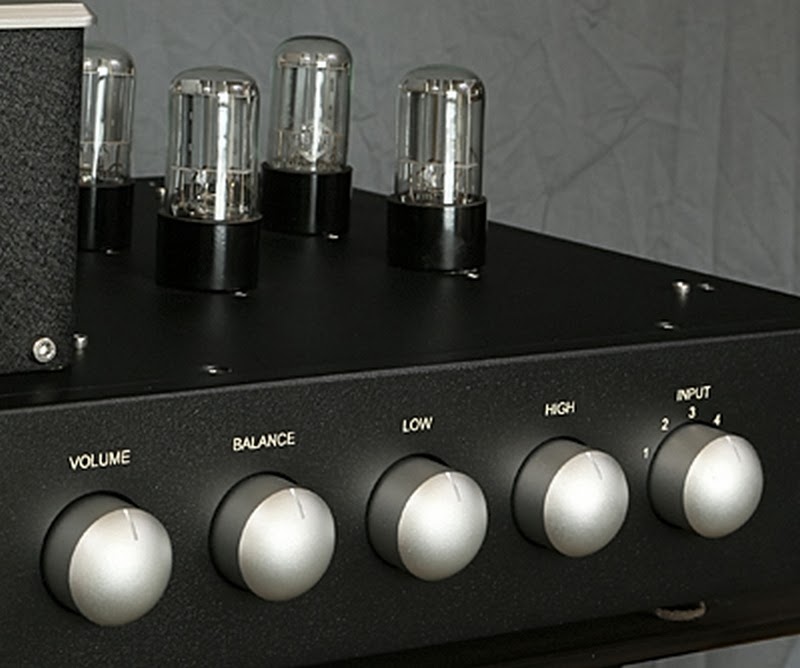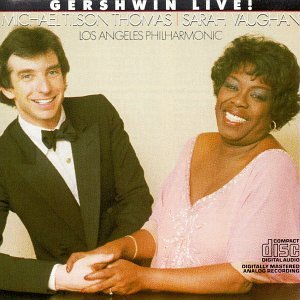G9 Audio Nero 120 amplifier and preamp

Instant Gratification!
 My very first chance encounter with the G9 series of tube components was in the Audes loudspeaker room during CES 2013. However, it was during my second listen at Munich’s High End back in 2013 that I felt a strong desire to hear these components on my own terms (in my own system). Knowing Naum Dorkhman, president of Audes America, as one of the only people I know that actually can place high-end and affordable together in one sentence and make me believe him, I wanted to know more about G9 Audio. Upon closer inspection upon these rather attractive looking components hailing from Russia, I then questioned Dorkhman on the company and his response was simple and to the point: “the entire Nero is a no-compromise approach while the entire setup would probably cost about $40k!” The entire setup he was referring to was a full-fledged G9 Nero tube preamp and matching model 120 (85-watts per) all-tube mono amps. That’s not necessarily inexpensive but considering the price of the competition these days, I would call that a deal.
My very first chance encounter with the G9 series of tube components was in the Audes loudspeaker room during CES 2013. However, it was during my second listen at Munich’s High End back in 2013 that I felt a strong desire to hear these components on my own terms (in my own system). Knowing Naum Dorkhman, president of Audes America, as one of the only people I know that actually can place high-end and affordable together in one sentence and make me believe him, I wanted to know more about G9 Audio. Upon closer inspection upon these rather attractive looking components hailing from Russia, I then questioned Dorkhman on the company and his response was simple and to the point: “the entire Nero is a no-compromise approach while the entire setup would probably cost about $40k!” The entire setup he was referring to was a full-fledged G9 Nero tube preamp and matching model 120 (85-watts per) all-tube mono amps. That’s not necessarily inexpensive but considering the price of the competition these days, I would call that a deal.
The only question that remained unanswered was whether G9 Audio was the real deal?
Hearing it create a very impressive wrap-around effect/soundstage in a home theater setup during CES left a lasting impression on me. However, having the chance to hear it perform under normal two-channel conditions is what I really wanted. Although, the Audes America suite at the 2013 High End show in Munich was no bigger than a breadbox, I was very impressed by the overall beauty and the cavernous landscape created by these electronics when paired with the Audes Exellence 3 AMT loudspeakers ($10k). What was most memorable was that the Audes Exellence 3’s high frequency AMT tweeter boasts an attenuator on the rear and a small adjustment made a monumental improvement considering how bright-sounding the room became while listening. I’ve always been a long time admirer of Audes loudspeakers and have written at length about how much bang they offer for the buck. Yet, hearing the G9 Audio Nero system proved to be the most impressive I have heard from Audes. So much in fact, I asked if I might be able to hear these electronics in my home. I was in fact, that intrigued by the Nero series from newcomers G9 Audio.
The G9 Audio is a brand borne out of Moscow, Russia in early 2012, and is derived from design team dubbed “the G9 tech team.” I’m told it was the tech team’s patience that won through when choosing the best design parameters needed to make a standout tube amplifier – in a world where there are too many great specimens to choose from already. The G9 Audio series of electronics is meticulously hand-made in comes in three choices starting with the Illumina, its most affordable; the Nero 88 and 120 monos, rated at 60 and 85 watts respectively which are the subject of this review and feature the same preamp. Lastly, their Sinners series represents the best the G9 tech team has to offer in the here and now.
Internally, the Nero preamp and 120 amplifier boast printed circuit boards that are hand-soldered using what the website describes as an “air wiring layout to attain the desired tonal characteristics.” To further reduce switching noises and minimize voltage losses The G9 technical team chose Germanium diodes installed directly in the rectification circuit of the filament supply. Moreover, the capacitors in the signal transmission circuit were optimized by type.

The Nero preamplifier is low profile, attractively made, multi-input (5) design built on a substantial aluminum chassis. Both left and right outputs and tone controls were designed behind dual 6H6C/6SN7 tubes. A single red Power On indicator light, G9 Audio insignia badge and six control knobs adorn the Nero preamps fascia. These knobs include: Tone control Off/On, Volume, Balance, Low, High and Input Selection. Looking at the Nero preamp’s rear reveals (from left to right): 5 input connection via RCA (sorry no balanced XLR connection) and one single RCA output. Located on the right is both the IEC plug and On/Off switch. In summary, it looks like simplicity was the goal in the design of the Nero preamplifier. Its rounded corners and two-tone (gray knobs on charcoal chassis) give the Nero preamp an impressive look while its build quality has an exceptional feel to it.
Of course, the addition of Low/High tone controls are worth special mention here. If for nothing else: NERVE.

High-end components’ very history is built on its claim to be “simple as possible.” And, for that reason, the hobby has eschewed any and all tone controls whatsoever. The two most common arguments against their being a high-end commodity is that “their noisy” and “take away from the recording engineer’s intentions.” But there have been exceptions to this rule. One of the more celebrated exceptions was the Cello Audio Palette equalizer. The all digital Z-Systems RDP-1 equalizer was among my favorites back in the mid-nineties. It served as much needed tool for curbing my room’s notorious bass humps between 70 – 80 Hz and 200 to 250 Hz respectively. Audiophiles do not listen in anechoic chambers. The irony is that most audiophiles do need to address the acoustic problems that do exist in their listening space. Most will choose room tuning devices since they’re the most popular. Others like myself would LOVE the idea of Low/High frequency knob provided it was well-made and the least intrusive. I can’t wait to place the Nero preamp through its paces.

The Nero 120 mono amplifiers are also low profile, attractively built and impressive in terms of size and feel. They are based on the popular Push-Pull Pentode design and boast 85 watts of powering using the very popular KT 120 tube (3 per chassis). The Nero 120’s anode supply voltage is handled by 5U4G rectification tube, its output stage is handled by 6H6C tube (or substitute 6SN7). Again, simplicity is obvious when gazing at these amplifiers once setup. Only a single red LED diode ON/Off is located on the far left and the G9 logo is located dead center of the chassis. The Charcoal/Gray gives the Nero 120 a rather commanding look while its transformers neatly dressed with Silver end caps. At nearly 60 lbs per side, the Nero 120’s gives off a positive impression just sitting on my rack. But as good as they looked in my rack, I was even more impressed once the music started up.
Using the new and exciting Purist Audio Luminist cables and AC cords throughout, and the easy to drive (93 dB/8 Ohm) Stein Music Master Class 1.1 coax loudspeakers proved a match that I hadn’t bargained for.
For the record, I’ve owned a lot of tube components over the years and all boasted low power but high purity. Most notably, Zanden Audio, KR Audio and LAMM 1.1 hybrid just to name but a few. The only reason I eventually switched to solid-state was because I just couldn’t live with their limited power output when attempting to pair them with only moderately efficient loudspeakers (as in the Magnaplaner 3.3s, Ascendo M1s and Dali Megalines). No excuses, tubes have a certain glow and ambiance about them that’s almost impossible to squeeze out of a solid-state device. However, solid-state offers a level of transient control and finesse in the low regions that’s really been difficult for me to live without. Different strokes I guess. I’ve lived with trying tubes on the top high-frequencies of my Von Schweikert VR6s while the bass was driven by solid-state amps. In the end, I still felt something was missing from the music besides the obvious imbalances elsewhere. So, you can imagine how relieved I was knowing, with the Nero 120, you get 85 watts of pure pentode power.
 This had a huge impact on the bass output as well as its sense of control and pitch definition. Moreover, the Nero 120 had an ability to make the music swell in a way I’ve not heard from mega-hundred watt solid-state devices. Sarah Vaughn’s Send in The Clowns is a near perfect illustration of the grace, control and power this combination is capable of. Miss Sassy, as she was called, was considered by many to be the greatest jazz singer of all time (she was pitch-perfect. Could go several octaves above and below her natural soprano, play piano and could scat like very few could). Backed here by none other than the Count Basie Orchestra, you don’t have to go further than this one song to conclude this as a good argument. Sarah often used her voice like an instrument, and likewise, I often got the sense Basie was using his Orchestra like a singular voice. And the Nero pre/ 120 allowed for that delicate connection: the dramatic ebb and flow of this classic recording to come through uninhibited. Solid-state just doesn’t possess this much dynamic attack, airiness, soundstage and bloom (without tons of hours spent fine-tuning and the support of many tweaks).
This had a huge impact on the bass output as well as its sense of control and pitch definition. Moreover, the Nero 120 had an ability to make the music swell in a way I’ve not heard from mega-hundred watt solid-state devices. Sarah Vaughn’s Send in The Clowns is a near perfect illustration of the grace, control and power this combination is capable of. Miss Sassy, as she was called, was considered by many to be the greatest jazz singer of all time (she was pitch-perfect. Could go several octaves above and below her natural soprano, play piano and could scat like very few could). Backed here by none other than the Count Basie Orchestra, you don’t have to go further than this one song to conclude this as a good argument. Sarah often used her voice like an instrument, and likewise, I often got the sense Basie was using his Orchestra like a singular voice. And the Nero pre/ 120 allowed for that delicate connection: the dramatic ebb and flow of this classic recording to come through uninhibited. Solid-state just doesn’t possess this much dynamic attack, airiness, soundstage and bloom (without tons of hours spent fine-tuning and the support of many tweaks).
 As classic as Sassy and Basie are together, something magical happened one evening at the Hollywood Bowl back in 1983 when Sassy sang George Gershwin’s timeless classics I’ve Got a Crush on You and Foggy Day to a sold out audience (CD entitiled: Gershwin Live: Michael Tilson Thomas and Sarah Vaughn). Accompanied by the Los Angeles Philharmonic Orchestra and conducted by Michael Tilson Thomas. I personally find this recording as among Sassy’s greatest. The Nero Pre/120 had the innate ability to heighten the crescendos with its abundance of air and bloom, and thus bring out emotions in a most compelling manner. Hearing Sassy singing alongside this orchestra made these songs feel closer to a movie soundtrack rather than just a song.
As classic as Sassy and Basie are together, something magical happened one evening at the Hollywood Bowl back in 1983 when Sassy sang George Gershwin’s timeless classics I’ve Got a Crush on You and Foggy Day to a sold out audience (CD entitiled: Gershwin Live: Michael Tilson Thomas and Sarah Vaughn). Accompanied by the Los Angeles Philharmonic Orchestra and conducted by Michael Tilson Thomas. I personally find this recording as among Sassy’s greatest. The Nero Pre/120 had the innate ability to heighten the crescendos with its abundance of air and bloom, and thus bring out emotions in a most compelling manner. Hearing Sassy singing alongside this orchestra made these songs feel closer to a movie soundtrack rather than just a song.
I don’t want to understate the degree of bloom and airiness the Nero Pre/ 120 breaths into my listening space. This gives strings and cymbals a special buoyancy. Instruments appear dynamically superior, better delineated and elevated off the floor. It’s these sonic attributes that I found most musically arresting – and in many ways the most impressive aspects of the Nero Pre/ 120 combo.
As impressive however was, for the very first time, I was given the ability to adjust the bass energy! Adding a 2 dB of bass using the Low knob added a certain weight to the sound that had been missing due to it being a used also as a dining room with no acoustic treatments whatsoever. For whatever reason, this room’s issues are once again in the bass region at around 63 and 90 Hz respectively. The ability to place the system back in Bypass mode is also interesting in the case you want to bypass the Low/High control features altogether. At no time could I detect any loss of sound quality by switching back and forth. And to be honest, I rather enjoyed the added weightiness to the music. My hunch is the Low knob adds or takes away everything (evenly) below 150 Hz. In my case, I think a 2 dB boost gave me the sense of body that had formally escaped my room and the Stein Music 1.1s loudspeakers. As a result, I left the control in the On position during the rest of this evaluation.
Tu-be Or Not Tu-be
Whenever I am asked “Why don’t you use tubes?” I often wonder “why” myself. I say to anyone that knows me, a well-made tube design can throw a perfect soundstage in a phone booth. Vacuum tubes seem to have plenty of space residing inside them. But at the same time, they can be troublesome. Very troublesome. Tubes eventually die and sometimes you don’t realize how much zest you’ve lost until you finally changed them out. However, thus far, the Nero pre/ 120 has not showed any signs of slowing down. It’s only been a few months but I’ve been listening long into the nights and have left them on all day forgetting to cut them off with no ill-effects besides shortening their tube life.
Surprisingly, the bass was well-served, unashamedly taut, dynamic and never in overabundance compliments of KT 120’s inherent power. The body that accompanied the Count Basie Orchestra is pretty intense, yet it was weighty when the music called for it and on a dime, would switch back to sweet and whispery. The Nero pre/ 120 handling of transients were impressive as well. In fact, I found this certain aspect most fascinating considering tube designs never could keep up with their solid-state rivals in that one area.
I felt it would be a privilege to review the Nero model 120s as this is what I heard and thoroughly enjoyed in Munich and Las Vegas. I was not wrong. When Naum Dorkham told me the Nero 120 system was on its way, I looked forward to the opportunity of getting to hear something from somebody new and affordable to the high-end industry. Ladies and Gentleman, the G9 Nero series are the real deal. Now I find myself listening all the time. I feel as though I stumbled upon something new and exciting and most importantly, reasonable affordable. I absolutely love the Low and Hi controls as well and commend The G9 technical team for bringing back this long lost art of self-control.
I guess, in the end, I’ve always been a tube head but always hated the fuss. Thus far, compliments of the Nero Pre/ 120 combo, so far it’s been all fun and no fuss. Easily one of the most impressive components to have graced my space. My highest recommendation. In fact, I purchased the review sample! Need I say more?


clement perry
Specifications: see website.
Price:
G9 Audio Mono amplifier: $15000 each.
G9 Audio Preamp: $14000 for preamp
Package price : $40,000
Website: www.g9audio.com
email: sales@g9audio.com
Sales office in Moscow: +7 (903) 9744414
Sales office in USA: +1 (732) 790-0449
Stereo Times Masthead
Publisher/Founder
Clement Perry
Editor
Dave Thomas
Senior Editors
Frank Alles, Mike Girardi, Russell Lichter, Terry London, Moreno Mitchell, Paul Szabady, Bill Wells, Mike Wright, and Stephen Yan,
Current Contributors
David Abramson, Tim Barrall, Dave Allison, Ron Cook, Lewis Dardick, John Hoffman, Dan Secula, Don Shaulis, Greg Simmons, Eric Teh, Greg Voth, Richard Willie, Ed Van Winkle, Rob Dockery, Richard Doran, and Daveed Turek
Site Management Clement Perry
Ad Designer: Martin Perry





Be the first to comment on: G9 Audio Nero 120 amplifier and preamp